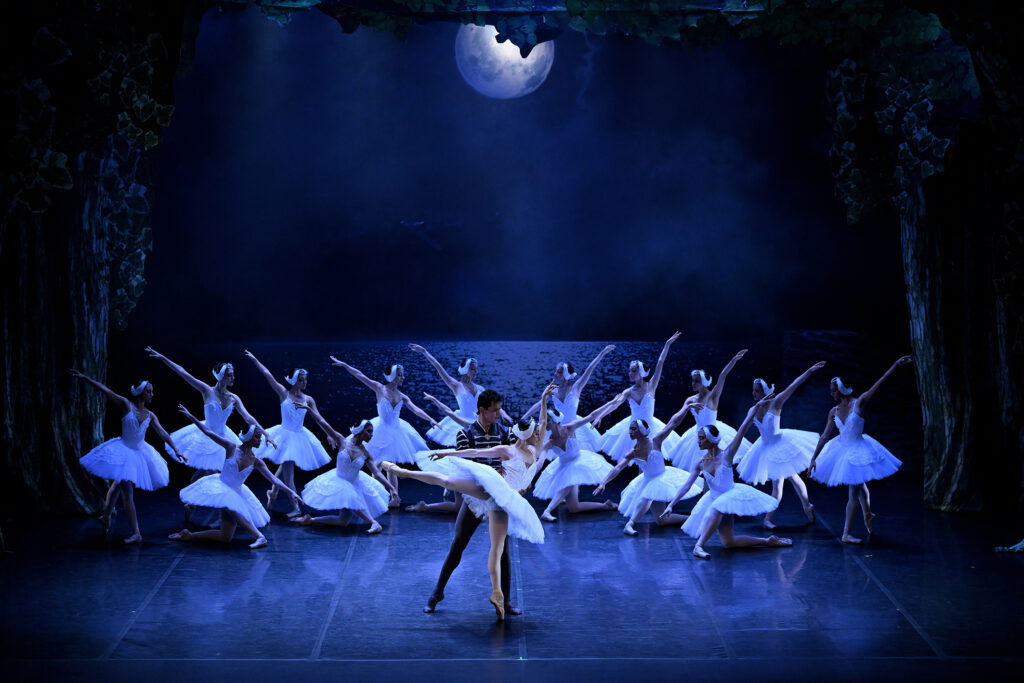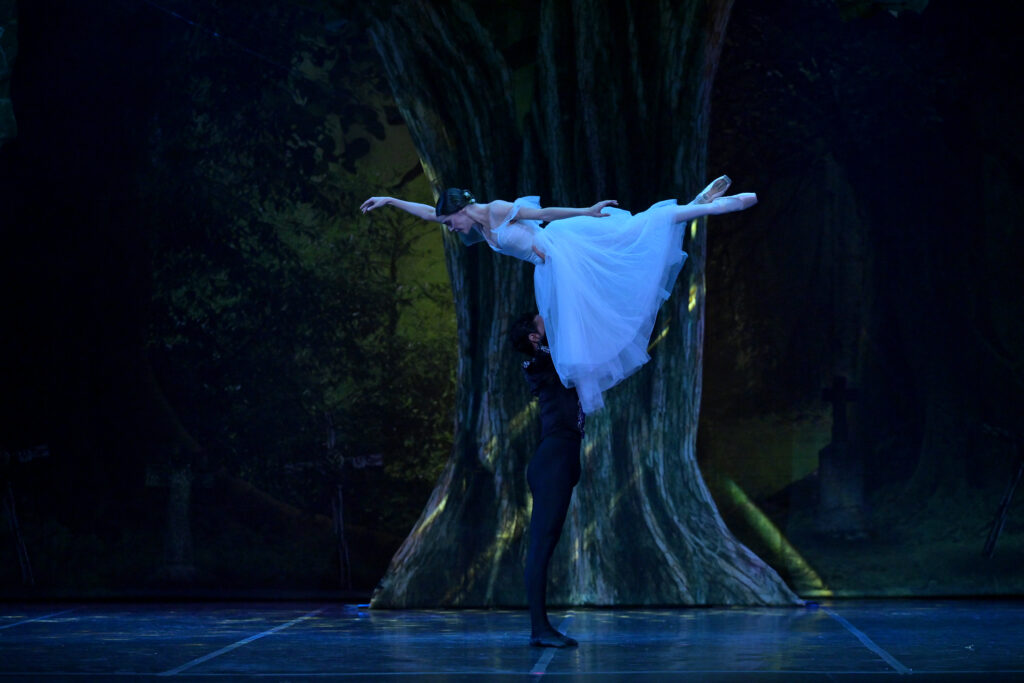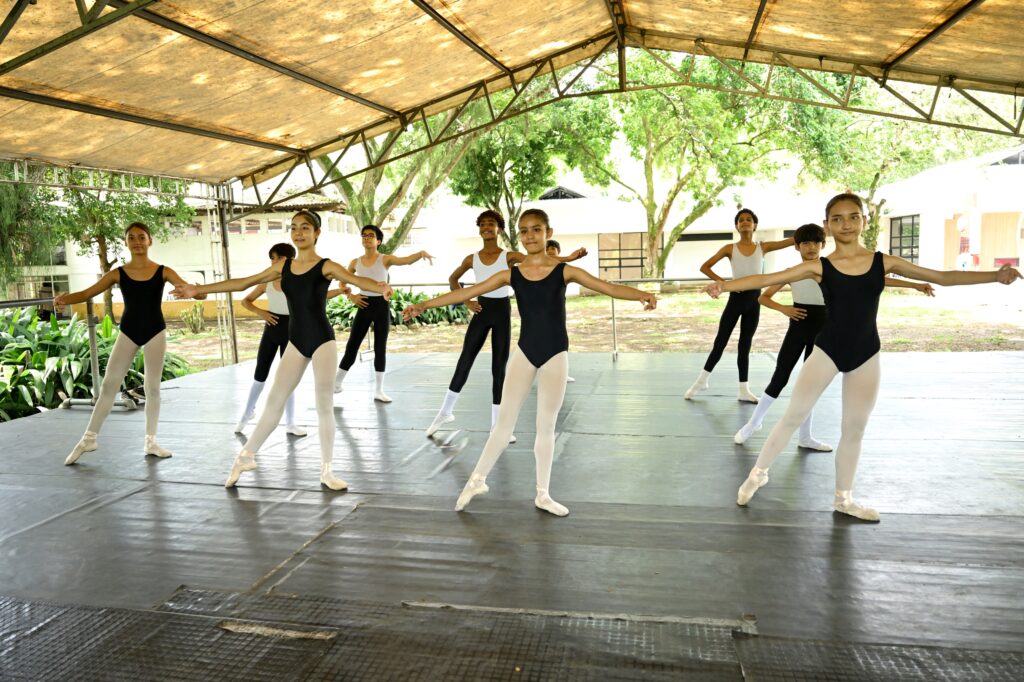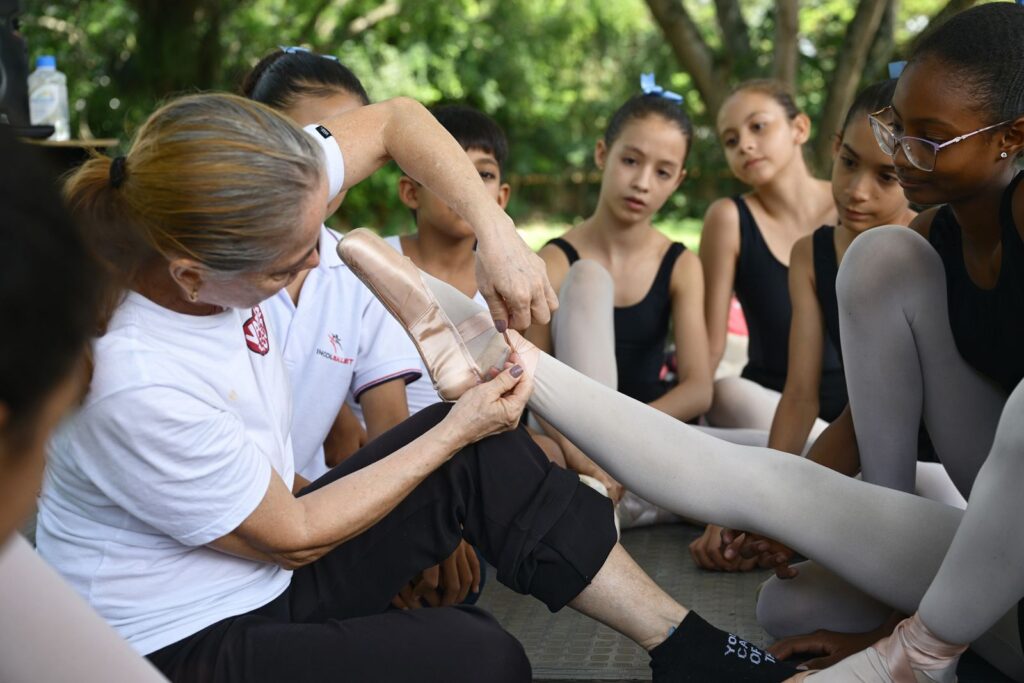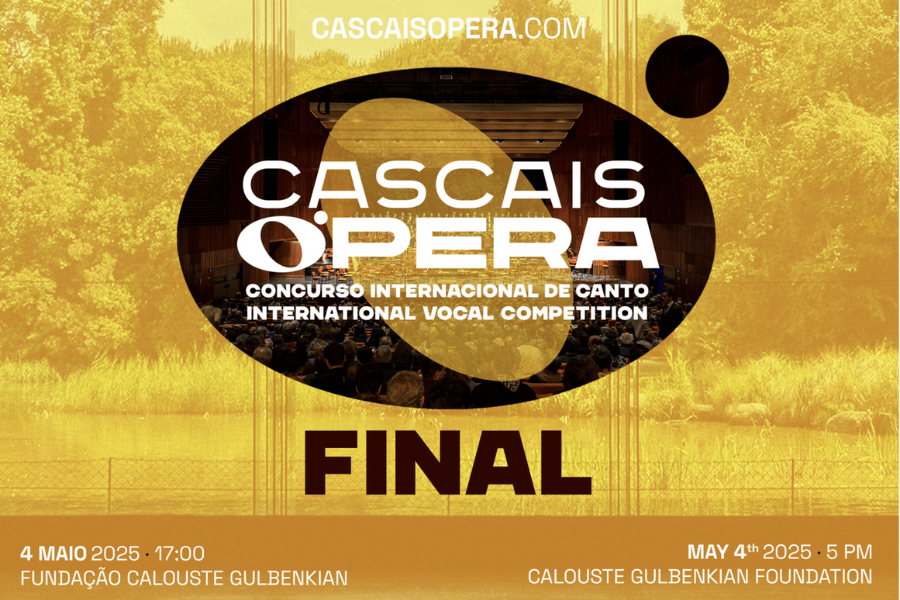Colombian Institute of Classical Ballet (INCOLBALLET) joins Opera Latinoamerica
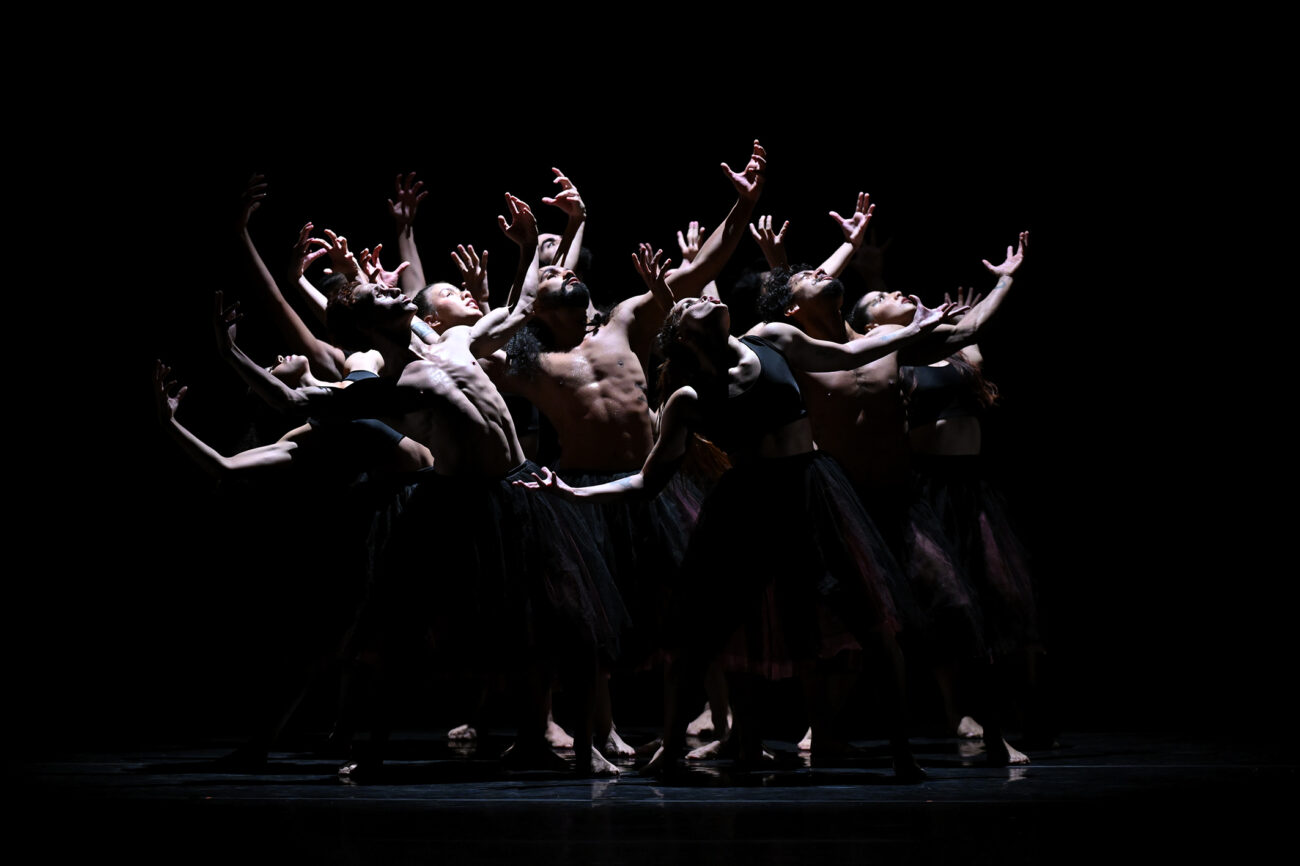
Founded in 1978 in the city of Cali, Colombia, the Colombian Institute of Classical Ballet (INCOLBALLET) is an institution focused on the training of classical and contemporary dancers and cultural promoters from an early age. It was the first Colombian classical dance company to receive a quality certification accreditation, and today, in the search to promote and make visible its artistic companies in theaters throughout Latin America, it is the first institution dedicated entirely to dance that is integrated into the Latin American Opera network.
“We make ballet an opportunity in motion.” This is what INCOLBALLET emphasizes on its social media, the public artistic educational institution that has been teaching the world of dance for 46 years in Colombia.
Currently, INCOLBALLET has an extension programme that teaches ballet and classical dance to interested people from 3 to 12 years old. The Colombian Ballet Company, founded in 2000 by Gloria Castro, is the only professional company of its kind in Colombia and has toured different stages around the world in countries such as Russia, Holland, Honduras, Guatemala, Peru, the United States and Shanghai, among many others.
“INCOLBALLET has played a crucial role in the cultural life of Colombia, standing out for being a public institution with an inclusive approach to the training of dancers and the democratization of access to dance,” explains Karola Hernández Ortega, general director of INCOLBALLET since 2024.
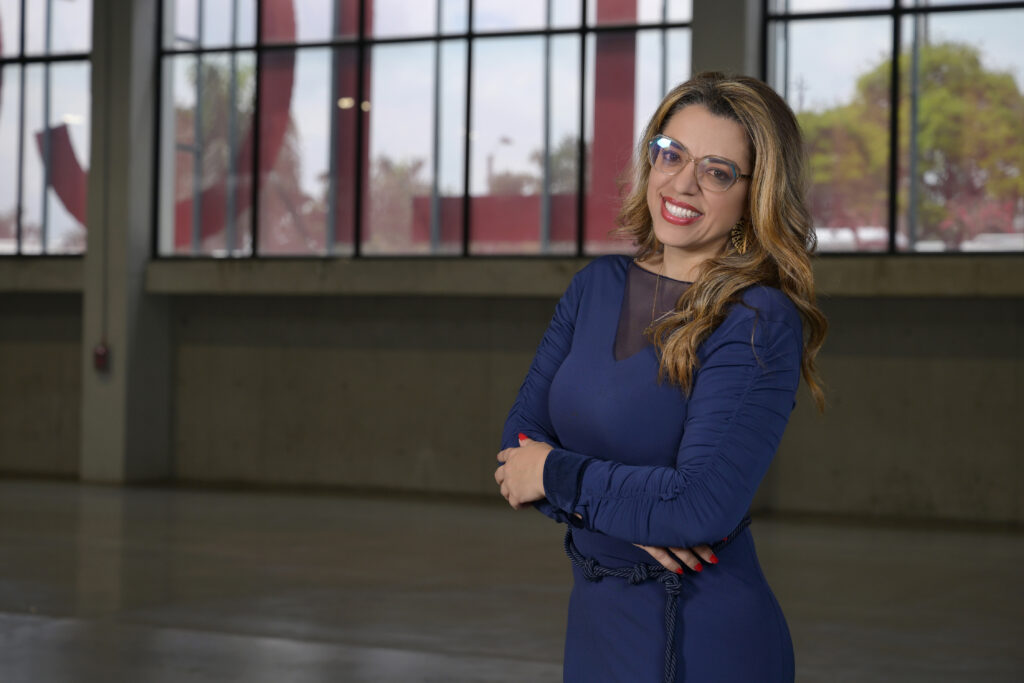
Karola Hernández Ortega, general director of Incolballet. Photo: Courtesy of the Colombian Institute of Classical Ballet.
The most recent premiere of its current season was Swan Lake, where the Colombian Company performed at the Enrique Buenaventura Municipal Theater in Cali, with all its seats sold out. The production featured outstanding costumes, scenery and lighting that characterize this famous work by Tchaikovsky. The choreography was directed by teacher Natalia Berríos, who was the star first dancer of Ballet de Santiago, Chile and who since 2022 has been dedicated to the training of promising dancers in Cali.
“In October, the INCOLBALLET school will hold the 5th edition of the Choreographic Competition, an event that encourages the creativity of its students in classical, contemporary and folkloric dance. In addition, in September, the school will participate in the Miami International Ballet Competition, where it hopes to continue standing out for its technical and artistic excellence,” Karola Hernández says about the upcoming events that will be part of the institute’s agenda this year.
In this interview, the general director of INCOLBALLET delves into the reasons that led the institute to be the first organization dedicated to dance to form part of Ópera Latinoamérica OLA, the state of the art of dance in Colombia and the details of its dance training projects and community outreach.
Swan Lake. Photo: Courtesy of the Colombian Institute of Classical Ballet.
What place does the institute have in the cultural life and the general artistic panorama of Colombia? Does it have international projections?
Since its foundation in 1978, the Colombian Institute of Classical Ballet – INCOLBALLET has played a crucial role in the cultural life of Colombia, standing out for being a public institution with an inclusive focus on the training of dancers and the democratization of access to dance; this is how many of our graduates currently stand out in different countries around the world (United States, Spain, Mexico, England, France, Argentina, Holland, among others). INCOLBALLET not only offers high-quality artistic training, but also promotes access to dance for all sectors of society, breaking with the notion that ballet is exclusive to an elite. With its two companies of classical ballet and contemporary dance, this institution is an international reference, participating annually in global events and contributing to the multicultural fabric of the country.
Photo: Courtesy of the Colombian Institute of Classical Ballet.
Could you describe the current situation of classical dance in Colombia? What are its opportunities? What challenges does it face? What stages or theaters are key for the presentation of dance shows?
Classical dance in Colombia has had a great boom and we see this reflected in the large number of ballet academies, schools and festivals that are held today at a national level. This shows that classical dance continues to grow and the interest in this art continues to gain followers and although there are other types of dance and related activities, classical dance in Colombia is current and has interested people to practice it and to watch the shows of this genre that are presented. This does not mean that the technical level of these schools and academies is growing or improving. Today, this is not really the situation, there is a lack of pedagogy and methodology in the teachers who work in different places.
The opportunities that classical dance has in a country like Colombia are various, but they could also be limited. We say several things, taking into account what was mentioned above, how this art has grown at a national level and also the events that each entity carries out, giving a developing offer to the public. But we also mention that it is limited, due to the great growth of other dance styles such as folklore, which in a multicultural country like Colombia, the support from the ministry and government entities is very high for this type of events and not for classical dance events.
The main challenge that classical dance faces in Colombia is the excessive competition with the idiosyncrasy of a tropical country and a nature focused on partying and celebration and not on cultural events related to ballet or contemporary dance. As an example we can catalog the Delirio Foundation and its salsa, circus and singing shows.
Colombia has large theatres and stages at a national level that are relevant to INCOLBALLET and its companies, thinking about carrying out co-productions, seasons or private shows with them and having a presence at a national level and not only in the city of Cali. Theatres such as Santander Theatre in Bucaramanga, the Julio Mario Santo Domingo Theatre in Bogotá, TEatro Colón in Bogotá, Cajamag Theatre in Santa Marta, Teatro Metropolitan and the Pablo Tobón Uribe Theatre in Medellín.
How do you approach the different audiences in the community? Do you have projects for audience training, education, dissemination, innovation?
At the Colombian Institute of Classical Ballet INCOLBALLET, two projects have been developed in collaboration with local communities, adapting to different sociocultural contexts and ages. Using educational methods that integrate theoretical and practical elements that allow participants to directly experience the technique and emotionality that characterizes dance. In addition, accessible teaching resources such as educational guides, instructional videos and interactive online material are developed, to extend the reach of INCOLBALLET beyond face-to-face sessions.
Valle Ballet: Classical Ballet or Contemporary Dance Classes
With two lines of work: children, girls, young people, teenagers and training of trainers, Valle Ballet strengthens dance groups through complementary training in repertoire, dance technique and stage discipline, in addition to the development of skills and abilities for dance. Valle Ballet is committed to the comprehensive artistic strengthening of dance practitioners, through the implementation of training programs and activities that promote technical excellence, artistic creativity and the preservation of cultural traditions through practical workshops, exhibition events and continuous evaluation, improving the skills of participants and enriching the cultural panorama of the community, strengthening the sense of identity and belonging in the field of dance.
360 Movement, teaching methods for audience training
Initiative that seeks to democratize access and promote appreciation of dance as an art form in diverse communities through interactive workshops, educational sessions and participatory presentations, which aim to build bridges between spectators and artists, promoting a deeper understanding and an emotional connection with the artistic expressions of the body in movement.
Photos: Courtesy of the Colombian Institute of Classical Ballet.
How is INCOLBALLET’s programming projected for the remainder of 2024? What productions or activities can you anticipate?
Incolballet has a diverse and ambitious artistic program for the remainder of 2024, focused on the creation, repositioning and circulation of works. During September, the Colombian Contemporary Dance Company will present “18+1”, a work by the Spanish choreographer Gustavo Ramírez Sansano, which mixes humor and energy with the mambo music of Pérez Prado. This production is added to the company’s repertoire, which will be presented at the Santander Theater in Bucaramanga and will participate in the Nodo Festival in Bogotá.
The Colombian Ballet Company also has a busy agenda, with the presentation of the classic work Cascanueces under the choreography of Jaime Pinto, which will take place in both Cali and Bogotá. In addition, the company will participate in the International Ballet Festival of Havana, Cuba, in November, and will perform in Santa Marta and Pereira.
In October, the INCOLBALLET school will hold the 5th edition of the Choreographic Competition, an event that encourages the creativity of its students in classical, contemporary and folkloric dance. In addition, in September, the school will participate in the Miami International Ballet Competition, where it hopes to continue standing out for its technical and artistic excellence.
INCOLBALLET’s general management underlines the importance of these activities to continue evolving at the regional, national and international levels, aligned with its principles of focus, articulation and innovation in dance.
Why did INCOLBALLET decide to join Ópera Latinoamérica?
INCOLBALLET joined Ópera Latinoamérica (OLA) as an opportunity to promote, make visible and circulate the institution and its artistic companies in theatres throughout Latin America. This alliance allows the talent of its professional dancers to be shown on prominent stages and facilitates cultural exchange; Furthermore, being the only institute in Colombia that trains classical and contemporary dance dancers and cultural promoters from an early age, this collaboration reinforces its international projection and strengthens its presence in the region.


